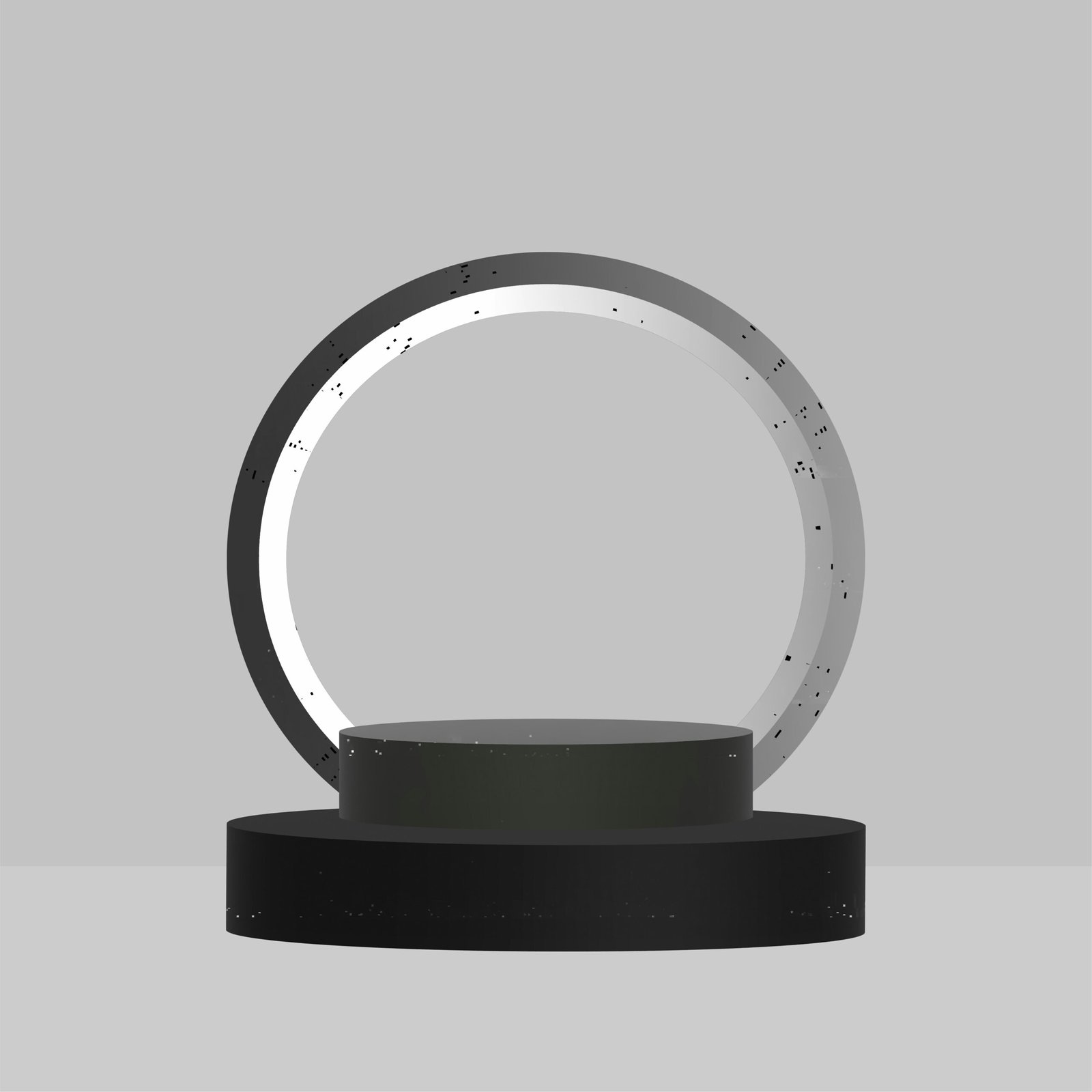The Power of Constant Testing and Optimization in SaaS: Boosting User Experience and Conversions
Introduction to SaaS and User Experience
Software as a Service (SaaS) exemplifies a pivotal shift in how organizations deploy and utilize software solutions. This cloud-based delivery model allows users to access applications via the internet, eliminating the need for complex installations and maintenance. With its scalable nature, SaaS empowers businesses to adapt to changing demands, ensuring accessibility from any location with internet connectivity. Consequently, this model has gained significant traction across various industries, reshaping the digital landscape.
Within this context, user experience (UX) plays a critical role in determining customer satisfaction and a SaaS solution’s overall success. UX encompasses all aspects of the end-user’s interaction with the software, including usability, design, and performance. A positive UX is instrumental in fostering user engagement, retention, and ultimately driving conversions. When users have a seamless experience, they are more likely to remain loyal to the service and recommend it to others, thus amplifying the business’s growth potential.
The intricate relationship between SaaS and UX can be observed in how companies gain a competitive edge by investing in optimization. To remain relevant, businesses must continuously assess and refine their applications. This entails implementing strategies such as user feedback analysis, A/B testing, and service upgrades to enhance the overall user experience. In turn, these practices lead to increased customer satisfaction, as users are more likely to find value in a product that evolves to meet their needs.
As the SaaS landscape continues to evolve, organizations must recognize that constant testing and optimization are not just beneficial; they are essential for long-term success. By prioritizing user experience within the SaaS model, companies can ensure they remain responsive to user needs, thus securing their position in this competitive environment.
Understanding the User Journey
The user journey in a Software as a Service (SaaS) product is pivotal, as it delineates the stages users experience, from their initial discovery of the product to its long-term usage. Understanding this journey is essential for enhancing user experience and driving conversions. The user journey typically encompasses five key stages: awareness, consideration, acquisition, retention, and advocacy.
At the awareness stage, potential users first encounter the SaaS product, typically through marketing efforts such as advertisements, content marketing, or word-of-mouth recommendations. This touchpoint is crucial, as it sets the tone for user perceptions and can significantly influence their interest level. In the consideration stage, users begin to evaluate whether the product meets their needs, often comparing it to competitors. Here, providing compelling content, such as case studies and user testimonials, can facilitate informed decision-making.
The acquisition stage follows when users choose to subscribe to the software. This stage involves significant touchpoints, including sign-up forms and user onboarding experiences. Streamlining the onboarding process is critical to ensure users feel confident and supported; otherwise, they may abandon the product. Retention focuses on ensuring users continue to derive value from the SaaS product after the initial experience, which is achieved by regular engagement via updates, support, and feedback loops.
Lastly, the advocacy stage occurs when satisfied users recommend the product to others. This is a powerful touchpoint that can exponentially increase brand visibility and attract more users. Understanding user behavior at each of these stages allows for targeted testing and optimization efforts, enabling SaaS providers to enhance user satisfaction and improve conversion rates. Hence, a well-optimized user journey ultimately contributes to the lasting success of a SaaS business.
The Importance of Constant Testing
In the rapidly evolving landscape of Software as a Service (SaaS), constant testing emerges as a pivotal strategy for enhancing user experience and driving conversions. The dynamic nature of user preferences and technological advancements necessitates continuous evaluation and refinement of product features. Various methodologies, including A/B testing, multivariate testing, and usability testing, serve as essential tools for SaaS companies to gather insightful data about their users.
A/B testing, often referred to as split testing, allows SaaS businesses to compare two versions of a webpage or application component to ascertain which one performs better in terms of user engagement or conversion rates. By randomly presenting users with different variations and analyzing their interactions, companies can identify specific elements that resonate with their audience. This method is particularly effective for optimizing landing pages, call-to-action buttons, and even email campaigns.
Multivariate testing, on the other hand, takes the approach a step further by evaluating multiple variables simultaneously. This methodology provides a more comprehensive understanding of how various aspects of a page or application collaborate to affect user behavior. By analyzing numerous combinations of elements, SaaS companies can fine-tune their offerings to align closely with user preferences, ultimately leading to improved functionalities and user satisfaction.
Usability testing is another critical aspect of constant testing that focuses on evaluating the overall user experience. It involves observing real users as they interact with the product to identify potential pain points or areas requiring enhancement. Through direct feedback, SaaS businesses can gain valuable insights into user behaviors and preferences, paving the way for thoughtful updates and adjustments.
The ongoing commitment to testing not only fosters a culture of improvement but also ensures that product iterations are grounded in user data. By implementing these methodologies, SaaS companies can better understand user preferences and deliver enhanced functionalities that cater to their audience’s needs.
Key Metrics for Success
In the SaaS industry, measuring the effectiveness of user experience (UX) and the impacts of constant testing and optimization hinges on the tracking of several key performance indicators (KPIs). These KPIs are essential in understanding user behavior, helping companies make informed decisions that align with business objectives. Among the most critical metrics are conversion rates, user engagement, and retention rates.
Conversion rates serve as a fundamental indicator of how well a SaaS platform turns prospective users into paying customers. By closely monitoring conversion rates, companies can identify elements within the user journey that may be underperforming. A/B testing various website landing pages or signup processes offers insights into what resonates best with users, ultimately leading to improved conversion outcomes. For SaaS providers, optimizing the onboarding experience is particularly vital in this context, as it can significantly influence first impressions.
User engagement is another vital metric that reflects the level of interaction users have with the SaaS application. This includes tracking time spent on the platform, frequency of use, and specific features utilized. High levels of engagement typically indicate that users find value in the product, which is directly correlated to user satisfaction and the likelihood of renewal or upgrade. Implementing user feedback mechanisms can further enhance this understanding, allowing businesses to iterate and refine their offerings continually.
Retention rates represent the percentage of users who continue using the service over a specified period. This metric is crucial, as it speaks to user satisfaction and the long-term viability of the SaaS solution. Companies often use retention as a yardstick for customer loyalty, informing strategies for improving the product. By analyzing churn rates and understanding the reasons behind user drop-off, SaaS providers can implement targeted optimizations that enhance the overall user experience.
Strategies for Effective Optimization
Effective optimization in SaaS products is critical for enhancing user experience and driving conversions. A key strategy lies in prioritizing user interface (UI) design best practices. A well-structured and visually appealing UI serves as a foundation for user engagement. Ensuring that the interface is intuitive leads to improved usability. Elements such as clear navigation menus, consistent layout, and aesthetically pleasing color schemes contribute to a seamless user experience. It is essential to create a design that caters to the end-user’s needs, making it easy for them to navigate and access features.
Additionally, offering personalized user experiences can significantly increase user satisfaction and conversion rates. Personalization strategies may include tailoring content, features, and communications based on individual user preferences and behaviors. By utilizing data analytics, SaaS providers can analyze user interactions and segment their audience effectively, facilitating targeted messaging and recommendations. This level of personalization not only enhances user engagement but also fosters loyalty, as users feel valued and catered to, thus improving overall retention rates.
Moreover, leveraging user feedback is pivotal for continuous improvement. Establishing feedback loops through surveys, interviews, or usability tests allows organizations to identify pain points and understand user expectations. Regularly collecting and analyzing this feedback provides invaluable insights that inform decisions on product improvements and feature enhancements. By actively responding to user feedback, SaaS companies demonstrate their commitment to user satisfaction, encouraging a collaborative environment where users feel involved in the evolution of the product.
Implementing these strategies — focusing on UI design, personalizing user experiences, and continually gathering user feedback — not only optimizes the SaaS product but also significantly improves user engagement and contributes to higher conversion rates. Thus, adopting a proactive approach to optimization leads to sustained success in a competitive market.
Real-Life Case Studies
In the competitive landscape of Software as a Service (SaaS), numerous companies have embraced constant testing and optimization to enhance their user experiences and increase conversion rates. A prime example is the project management tool, Trello. Trello implemented A/B testing to refine their onboarding process. By comparing two different user onboarding flows, they discovered that a simplified introduction led to a 25% decrease in user drop-off rates. This significant improvement not only streamlined the user experience but also subsequently resulted in higher engagement levels among new users.
Another notable case is Intercom, which focuses on customer messaging. Intercom utilized multivariate testing to enhance their messaging interface. By experimenting with various placements and phrasing of their call-to-action buttons, they found that a more conversational tone led to a 35% increase in user interactions. This transformation exemplified how small adjustments, rooted in user feedback and empirical data, can foster an enhanced connection with customers while driving conversion success.
HubSpot, a leader in inbound marketing, also highlights the advantages of continuous optimization. They regularly employed user surveys and heat maps to gather data on user behavior within their platform. One particular iteration involved rethinking their landing pages. By optimizing their layout based on user interaction data, HubSpot achieved a 20% boost in lead generation. This case illustrates that an ongoing commitment to testing can provide actionable insights and lead to measurable growth.
Finally, the popular e-learning platform, Udemy, adopted constant experimentation with its course recommendations. By analyzing user engagement metrics, they adjusted their algorithms, resulting in personalized suggestions that increased course enrollments by 30%. This outcome emphasizes the critical role of data-driven decision-making in enhancing user satisfaction and conversion rates.
These case studies reflect the compelling impact that constant testing and optimization can have in the SaaS sector, demonstrating how strategic changes can yield significant benefits for both user experience and business performance.
Overcoming Challenges in Testing and Optimization
Implementing testing and optimization practices within Software as a Service (SaaS) companies can be fraught with various challenges. One of the primary obstacles is often resource constraints. Many SaaS organizations operate with limited personnel and budgetary allowances, making it difficult to allocate sufficient resources towards comprehensive testing initiatives. To address this concern, organizations can consider employing automation tools that facilitate efficient testing processes. Such tools can perform repetitive tasks, freeing up valuable human resources for more complex problem-solving activities. Additionally, prioritizing testing initiatives based on user impact ensures that critical areas receive attention first, thus optimizing resource usage effectively.
Another challenge faced by SaaS companies is resistance to change among team members. Employees who have been accustomed to certain workflows or strategies may be hesitant to adopt new testing and optimization methodologies. This resistance can significantly impede progress in enhancing user experience and boosting conversions. To mitigate this issue, it is essential to foster a culture of openness and adaptability within the organization. Providing training sessions and demonstrative workshops can help employees understand the benefits of testing and optimization practices, making them more receptive to change. Overall, clear communication regarding the objectives and expected outcomes of these practices can significantly reduce apprehension and encourage collaboration.
Moreover, decision-making bottlenecks can occur when multiple stakeholders are involved in the testing process. Delayed decisions can hinder the implementation of essential optimizations, ultimately affecting user satisfaction. To streamline this process, companies should establish a clear framework for decision-making that outlines roles, responsibilities, and timelines. Employing agile methodologies can also enhance responsiveness to change, ensuring that evaluations and adjustments are made promptly. By addressing these challenges through strategic solutions, SaaS companies can effectively embrace the power of constant testing and optimization in their quest to improve user experience and increase conversions.
Future Trends in SaaS Testing and Optimization
The landscape of Software as a Service (SaaS) is continuously evolving, and the trends in testing and optimization play a critical role in this change. One of the most significant future trends is the incorporation of artificial intelligence (AI) into analytics. AI-driven tools can analyze user behavior and engagement patterns more efficiently than traditional methods, allowing SaaS providers to identify areas for improvement rapidly. These advanced algorithms will help companies forecast user needs and preferences, enabling them to tailor their offerings for enhanced user satisfaction.
Another trend is the increasing emphasis on user-centric design principles. As competition intensifies, SaaS companies are recognizing that understanding the user journey is paramount to optimizing conversion rates. By gathering and analyzing user feedback, companies can iterate on their product designs, focusing on usability and accessibility. This shift towards user-centricity emphasizes the importance of continuous user engagement and testing to create solutions that resonate with diverse user demographics.
In addition to these advancements, data privacy is becoming an essential consideration in the SaaS ecosystem. With increasing regulations around data handling, providers must ensure that optimization efforts align with compliance requirements. The focus will shift towards creating transparent and ethical practices concerning data usage. This trend not only safeguards user trust but also encourages SaaS businesses to adopt methods that protect user data while still allowing for effective testing and optimization processes.
As the SaaS industry moves forward, integrating AI capabilities, prioritizing user-centric design, and adhering to data privacy standards will be crucial in shaping the future of testing and optimization strategies. These trends will ultimately facilitate improved user experience and higher conversion rates, keeping the industry thriving in an ever-competitive environment.
Conclusion: The Ongoing Cycle of Improvement
In today’s fast-paced digital landscape, the importance of constant testing and optimization in Software as a Service (SaaS) cannot be overstated. We have explored how these practices are crucial not only for improving user experience but also for maximizing conversions. The techniques discussed showcase that by continuously collecting data and analyzing user behavior, SaaS companies can acquire valuable insights. These insights can, in turn, inform adaptive strategies that enhance product offerings.
You have seen how A/B testing, user feedback mechanisms, and analytics play significant roles in uncovering areas for enhancement. The iterative nature of testing empowers organizations to refine their strategies continually and respond to evolving user needs with agility. Additionally, integrating user-centric design principles into the development process ensures that the product remains aligned with the expectations and preferences of its audience.
Moreover, fostering a culture of experimentation within your organization encourages innovation and can serve as a substantial competitive advantage. By treating each iteration of your product as an opportunity for improvement, SaaS companies can build a loyal user base that appreciates a constantly evolving service. This dedication to refinement leads to a more engaged customer demographic and, ultimately, higher conversion rates.
As a call to action, if you have not already established a systematic approach to testing and optimization, now is the ideal time to do so. Consider how current methodologies can be adapted for more effective outcomes. By embracing a mindset focused on constant improvement, you position your SaaS offerings for sustained success in a crowded marketplace. Begin refining your testing processes today—your users will thank you, and your conversions will reflect it.







